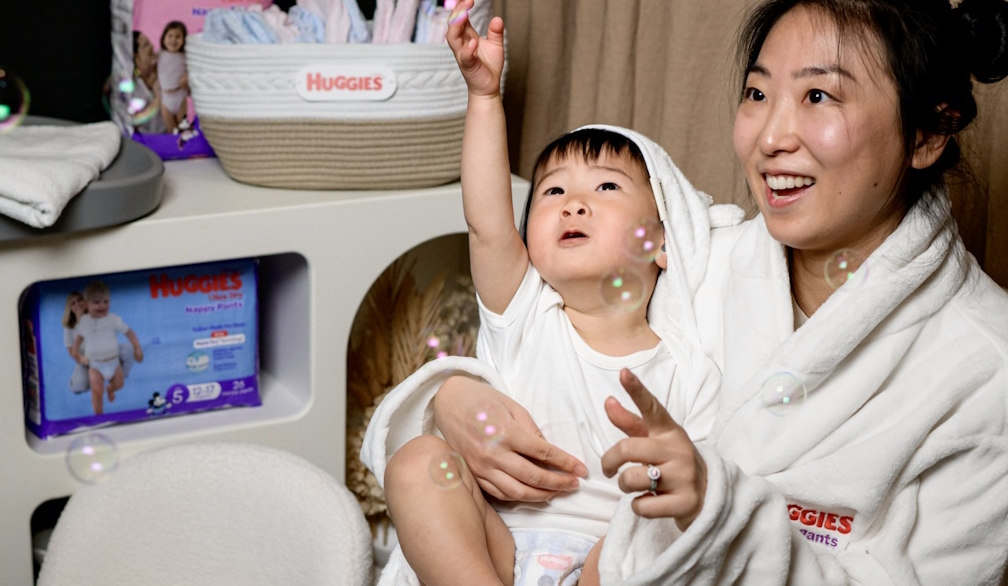How pregnant women are tested for gestational diabetes is changing. Here’s what this means for you
- Written by Alexis Shub, Obstetrician & Maternal Fetal Medicine specialist, The University of Melbourne

How Australian pregnant women are tested for gestational diabetes is set to change, with new national guidelines released today.
Changes are expected to lead to fewer diagnoses in women at lower risk, reducing the burden of extra monitoring and intervention. Meanwhile the changes focus care and support towards women and babies who will benefit most.
These latest recommendations form the first update in screening for gestational diabetes in more than a decade, and potentially affect more than 280,000 pregnant women[1] a year across Australia.
The new guidelines, which we have been involved in writing, are released today by the Australasian Diabetes in Pregnancy Society and published in the Medical Journal of Australia[2].
What is gestational diabetes? Why do we test for it?
Gestational diabetes (also known as gestational diabetes mellitus) is one of the most common medical complications of pregnancy. It affects nearly one in five[3] pregnancies in Australia.
It is defined by abnormally high levels of glucose (sugar) in the blood that are first picked up during pregnancy.
Most of the time gestational diabetes goes away after the birth. But women with gestational diabetes are at least seven times more likely[4] to develop type 2 diabetes later in life.
In Australia, routine screening for gestational diabetes is recommended for all pregnant women. This will continue.
That’s because treatment reduces the risk of poorer pregnancy outcomes[5]. This includes babies being born very large – a condition called macrosomia – which can lead to difficult births, and a caesarean. Treatment also reduces the risk of pre-eclampsia, when women have high blood pressure and protein in their urine, and other serious pregnancy complications.
Screening for gestational diabetes is also an opportunity to identify women who may benefit from diabetes prevention programs and ways to support their long-term health[6], including support with nutrition and physical activity.
Why is testing changing?
Most women benefit from detection and treatment. However, for some women, a diagnosis can have negative impacts. This often relates to how care is delivered.
Women have described feeling shame and stigma[7] after the diagnosis. Others report challenges[8] accessing the care and support they need during pregnancy. This may include access to specialist doctors, allied health professionals and clinics. Some women have restricted their diet in an unhealthy way, without appropriate supervision by a health professional. Some have had to change their preferred maternity care provider or location of birth because their pregnancy is now considered higher risk.
So we must diagnose the condition in women when the benefits outweigh the potential costs.
When are blood sugar levels too high?
Diagnosing gestational diabetes is based on having blood glucose levels above a certain threshold.
However, there is no clear level above which the risk of complications starts to increase. And determining the best thresholds to identify who does, and who does not, have gestational diabetes has been subject to much research and debate.
Globally, screening approaches and diagnostic criteria[10] vary substantially. There are differences in who is recommended to be screened, when in pregnancy screening should occur, which tests should be used, and what the diagnostic glucose levels should be.
So, what changes?
The new recommendations are the result of reviewing up-to-date evidence with input from a wide range of professional and consumer groups.
Screening will continue
All pregnant women who don’t already have a diagnosis of pre-pregnancy diabetes, or gestational diabetes, will still be recommended screening at between 24 and 28 weeks’ gestation. They’ll still have an oral glucose tolerance test, a measure of how the body processes sugar. The test involves fasting overnight, and having a blood test in the morning before drinking a sugary drink. Then there are two more blood tests over two hours. However, fewer women will have this test twice in their pregnancy.
Changes mean more targeted care
The following changes mean health services should be able to reorient resources to ensure women have access to the care they need to support healthier pregnancies, including early support for women who need it most:
-
women with risk factors of existing, undiagnosed diabetes (such as a higher body-mass index or BMI, or a previous large baby) will be screened in the first trimester, with a single, non-fasting blood test (known as HbA1c)
-
fewer women will have an oral glucose tolerance test early in the pregnancy, ideally between ten and 14 weeks gestation. This early testing will be reserved for women with specific risk factors, such as gestational diabetes in a previous pregnancy, or a high level on the HbA1c test
-
women will only be diagnosed if their blood glucose level is above new, higher cut-off points for the oral glucose tolerance test, for tests conducted early or later in the pregnancy.
Which tests do I need?
These changes will be implemented over coming months. So women are encouraged to speak to their maternity care provider about how the changes apply to them.
References
- ^ more than 280,000 pregnant women (www.abs.gov.au)
- ^ published in the Medical Journal of Australia (doi.org)
- ^ one in five (www.aihw.gov.au)
- ^ at least seven times more likely (www.thelancet.com)
- ^ reduces the risk of poorer pregnancy outcomes (www.nejm.org)
- ^ ways to support their long-term health (theconversation.com)
- ^ shame and stigma (pubmed.ncbi.nlm.nih.gov)
- ^ challenges (pubmed.ncbi.nlm.nih.gov)
- ^ Elizaveta Galitckaia/Shutterstock (www.shutterstock.com)
- ^ screening approaches and diagnostic criteria (www.thelancet.com)




















